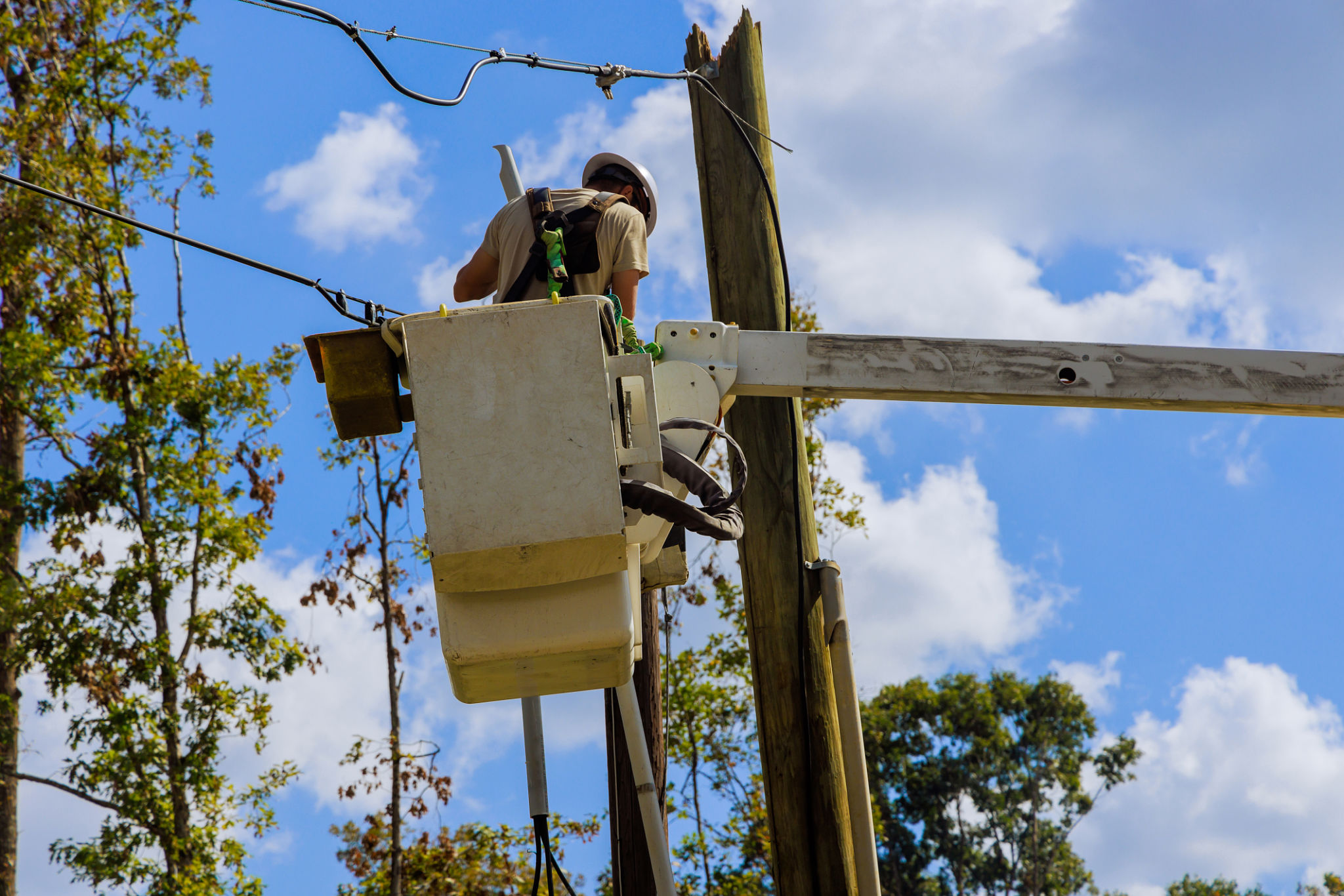Expert Tips for Effective Tree Trimming: Boosting Your Landscape’s Health and Safety
Why Tree Trimming Matters
Maintaining a healthy landscape is crucial for both aesthetic appeal and safety. One vital aspect of landscape care is regular tree trimming. Proper tree trimming not only enhances the appearance of your trees but also promotes their health and prevents potential hazards. By understanding the importance of tree trimming, you can ensure a thriving and safe environment for your garden or backyard.

Understanding the Basics of Tree Trimming
Before you start trimming, it's essential to grasp some basic concepts. Tree trimming involves removing dead, diseased, or overgrown branches from a tree. This process helps in preventing the spread of disease and encourages new growth. Additionally, well-trimmed trees allow more sunlight to penetrate through the canopy, benefiting the plants below.
When to Trim Your Trees
Timing is key when it comes to tree trimming. For most tree species, the best time to trim is during their dormant season, which is typically late winter or early spring. Trimming during this period minimizes stress on the tree and reduces the risk of disease. However, if a branch poses an immediate safety risk, it should be removed regardless of the season.
Tools and Techniques for Effective Trimming
Having the right tools is essential for effective tree trimming. Basic tools include pruning shears for small branches, loppers for medium-sized branches, and a pruning saw for larger limbs. It's important to ensure that your tools are sharp and clean to make precise cuts and prevent the spread of disease.

Proper Cutting Techniques
Using the right cutting techniques can significantly impact the health of your trees. Make clean cuts at a slight angle just outside the branch collar to promote proper healing. Avoid leaving stubs as they can become entry points for pests and diseases. Additionally, never remove more than 25% of a tree's canopy in a single trimming session to avoid stressing the tree.
Safety First: Precautions and Best Practices
Tree trimming can be dangerous, so it's crucial to prioritize safety. Always wear protective gear such as gloves, goggles, and hard hats. Be mindful of power lines and ensure that you maintain a safe distance from them while working on trees. If a tree is too large or requires climbing, consider hiring a professional arborist.

Hiring Professionals for Tree Trimming
While some tree trimming tasks can be done independently, others may require professional expertise. Hiring a certified arborist ensures that your trees are trimmed correctly and safely. Professionals have the necessary equipment and knowledge to handle complex situations, such as dealing with large trees or those near structures.
The Benefits of Regular Tree Trimming
Consistent tree trimming offers numerous benefits beyond aesthetics. It enhances the structural integrity of trees, reducing the risk of branch failure during storms. Additionally, it helps in managing pests and diseases by removing affected parts before they spread further. Regular maintenance also increases property value by maintaining an attractive landscape.
Conclusion: A Commitment to Landscape Health
Effective tree trimming is a commitment to the health and safety of your landscape. By following expert tips and adhering to best practices, you can enjoy the beauty and benefits of well-maintained trees for years to come. Whether you choose to trim your trees yourself or hire professionals, prioritizing this aspect of landscape care will pay off in the long run.
